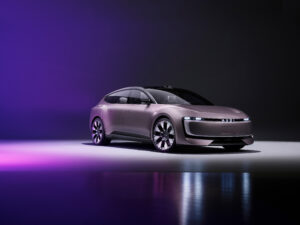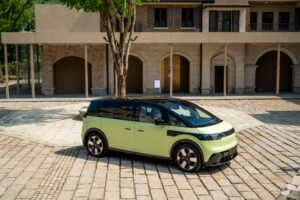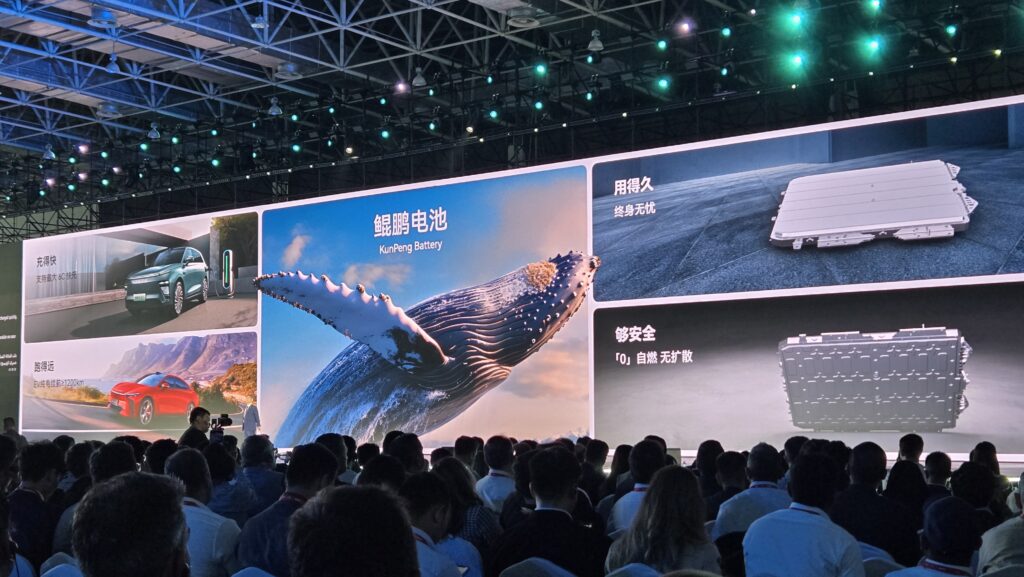
Chinese auto giant, Chery, has announced a raft of innovations across the areas of platforms, powertrains, cockpit, autonomous driving, and more at its Global Innovation Expo in Wuhu.
Some highlights of the enormous event include 6C and solid-state battery technology, ultra-efficient hybrid and electric drivetrains, autonomous driving ability powered by large language models, and even a separable flying pod/car.
Here we break down the headlines from the event and when some of this technology might make it to market.
Mars Architecture

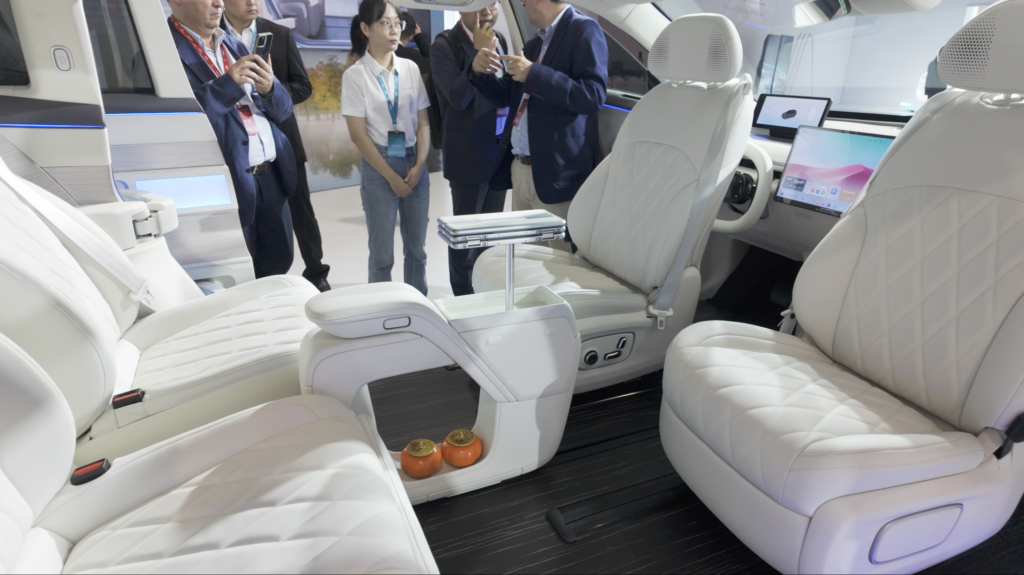
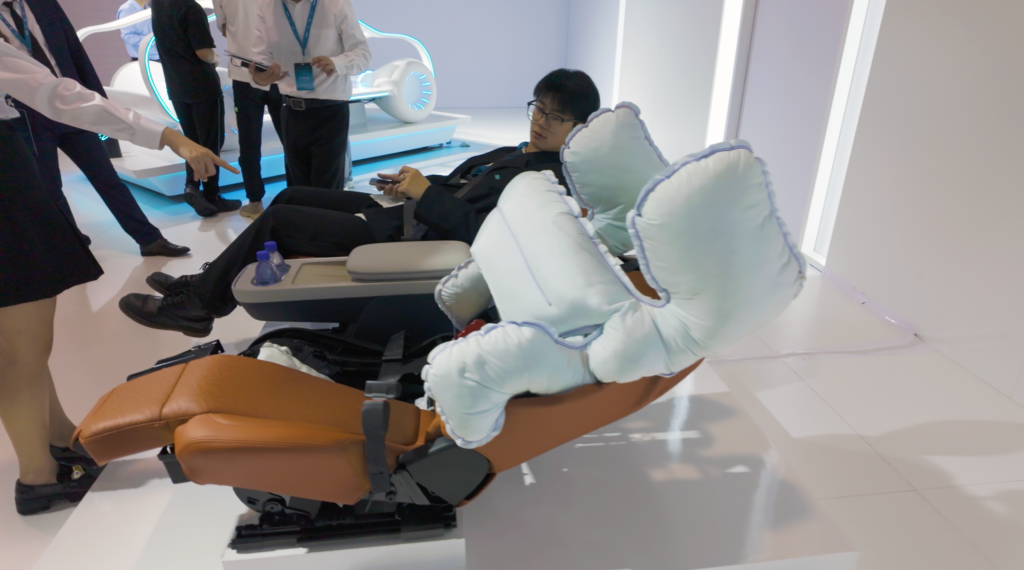
The Mars Architecture is a new electric platform that features a number of high-end technologies, including active hydraulic suspension, steer-by-wire, electric machine braking, and chassis integration technology.
The active hydraulic suspension has a number of similarities to BYD’s Di-Sus suspension, unlocking smoother ride quality ability even over large potholes, the ability to maintain stability on three wheels in the event of a sudden blowout, and adjustability speed of more than 300mm per second as required.
Steer-by-wire technology separates the steering physically from the wheels, enabling variable steering ratios from 5:1 to 14:1, massively reducing the amount of turn on the wheel required to complete tight turns. Combined with rear-wheel steering of as much as 12-degrees, this should make future cars capable of U-turns in less than 4.85-metres.
The electric mechanical brake is claimed to reduce 100-0kph braking distances by 1.5-metres, increase range by 2.5% due to reduced drag, and improve braking energy recovery.
Chery will work together with Huawei on the above technologies, with many of these features expected to make their way onto future Chery products across their wide brand portfolio.
Also demonstrated at the event was a smart interior solution very similar to the Zeekr MIX, with front seats that can spin to face outwards or backwards together with a small table between the seats that can move forwards and backwards and be removed.
Other innovations in safety were also highlighted, including the ability for a reclined seat to be quickly moved to near vertical in less than a second if a rear-end crash is detected to be imminent, as well as a seat airbag that wraps around the driver to protect their chest.
Record Breaking Powertrains and Battery Tech

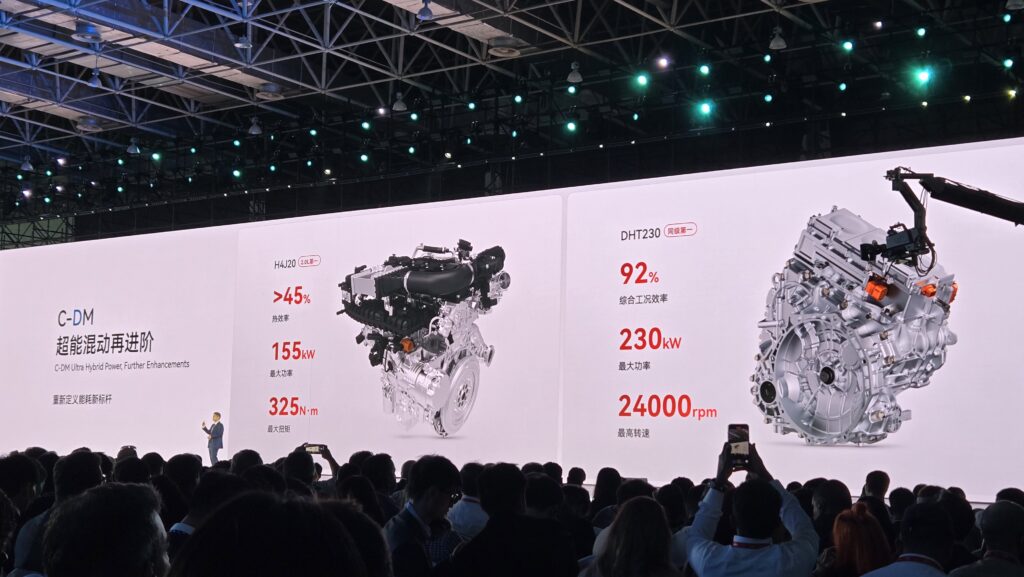
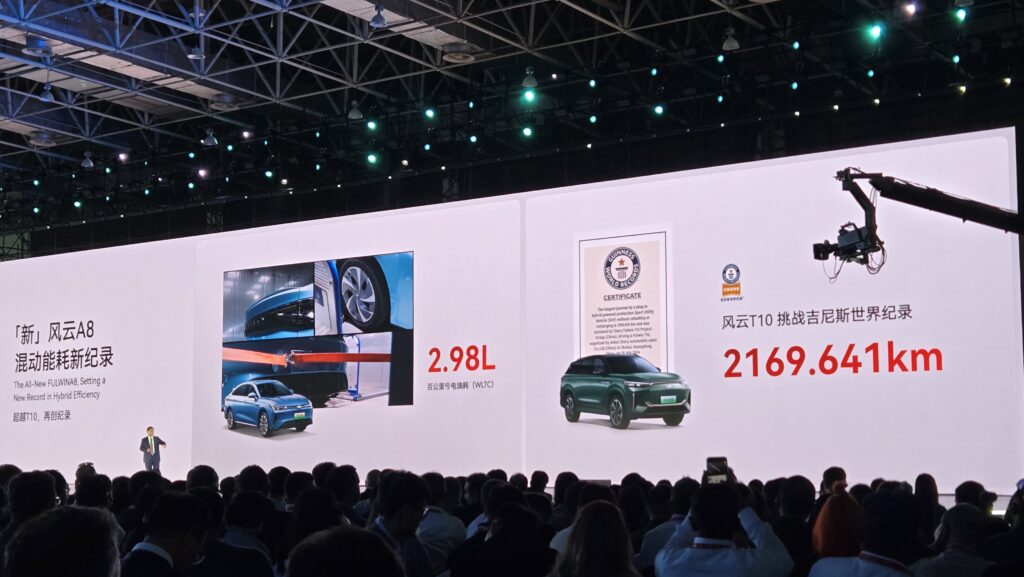



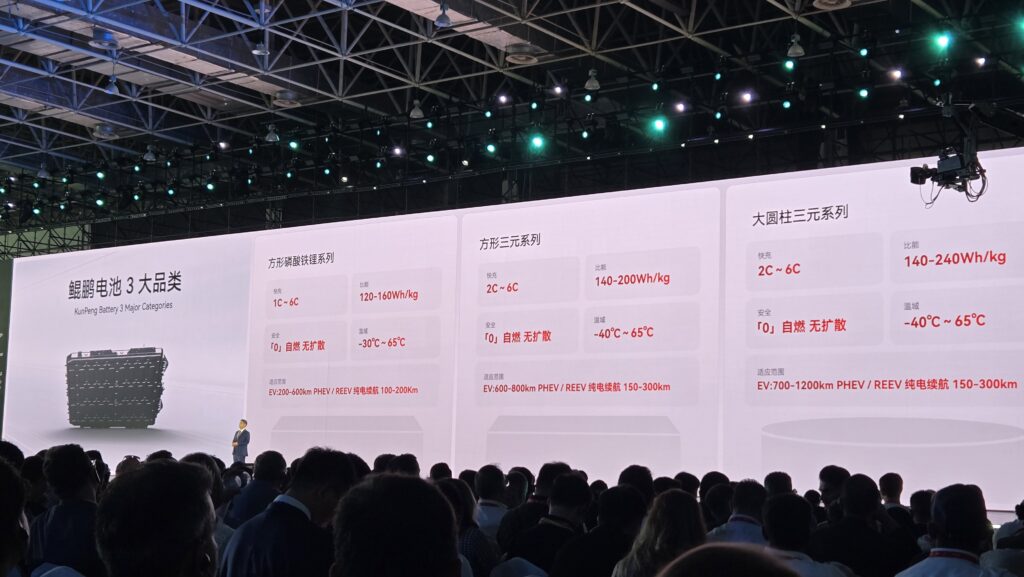
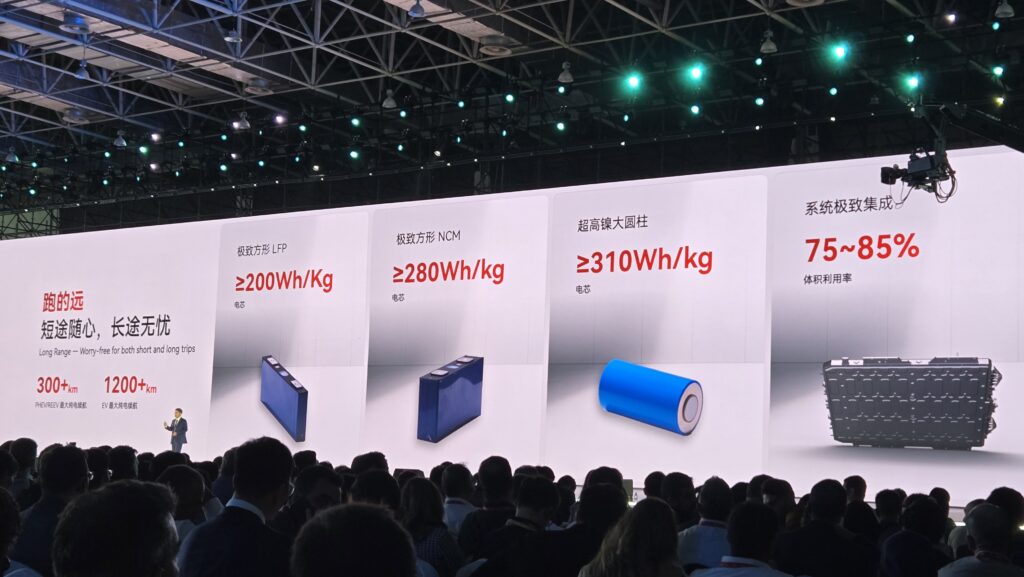
Chery’s Kunpeng power units have all received large upgrades that make record efficiency and range available for their various brands regardless of whether they’re a PHEV, EREV, or full BEV.
The first reveal focused on extended range technology, where an engine works as a generator to charge a battery, while electric motors provide the propulsion. Chery’s C-EM golden range extender now boasts an energy conversion rate of 3.7kWh per litre and 45 – 48% engine thermal efficiency, resulting in the EREV version of the Exeed Sterra ES achieving fuel consumption of as little as 5.2-litres per 100km in single motor variants, and 5.9-litres per 100km in dual motor versions, on the WLTC cycle.
The second reveal looked at an engine and motor combination for use in PHEVs, with the engine boasting more than 45% thermal efficiency, 155kW of power, and 325Nm of torque. The motor offers 92% efficiency, 230kW of power, and spins at up to 24,000rpm, to help achieve a low fuel consumption of just 2.98-litres per 100km on the WLTC cycle when deployed in the Fulwin A8 saloon.
Meanwhile in the Fulwin T10 large SUV, the same technology earned a Guinness world record for achieving a monster 2,169.641km on a single tank.
For BEVS, efficiency improvements now mean an Exeed Sterra ES BEV can achieve 9.9kWh per 100km energy consumption, expanding battery life by 14.5%, and unlocking potential range of over 1200km on a single charge.
Developments in battery technology were also revealed, with various batteries showcased. One such battery was Chery’s self-developed cylindrical cell battery with 310Wh of energy per kg, and a claimed range of over 1,300km on a single charge. It can also add 700km of range with a 10-minute charge, charging at 6C speeds.
Another battery debuted solid-state technology, which Chery said will make its way into Chery cars from 2026. They believe that by the end of 2024, we might be getting 400Wh per kg into batteries, and 600 by the end of 2025, with range of more than 1,500km possible. The solid state battery will charge 600km in a 15-minute charge currently.
To demonstrate the ability of a solid state battery pack, Chery even showed a battery cell with the corner sliced powering a small desk light.
Lion Cockpit
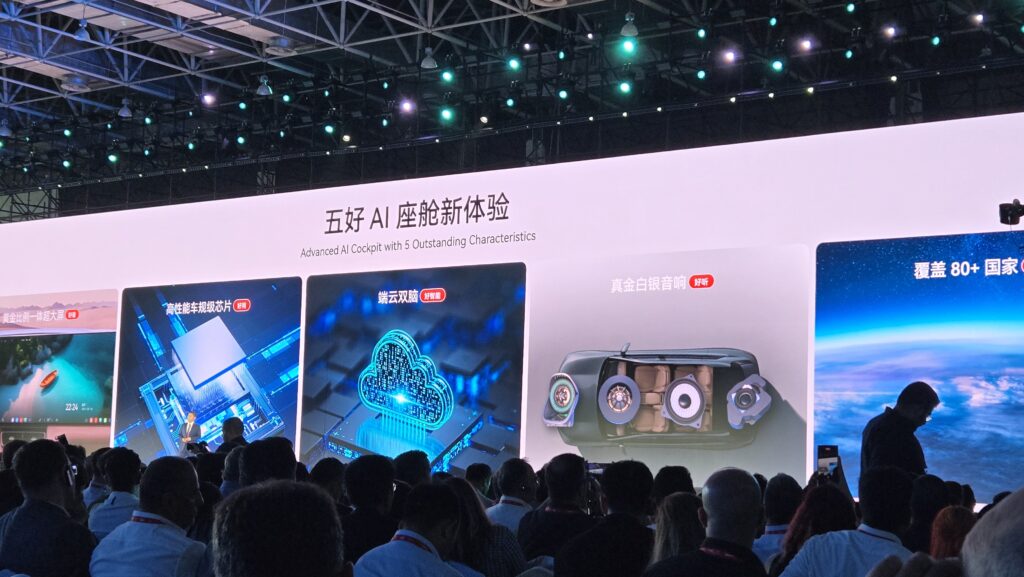
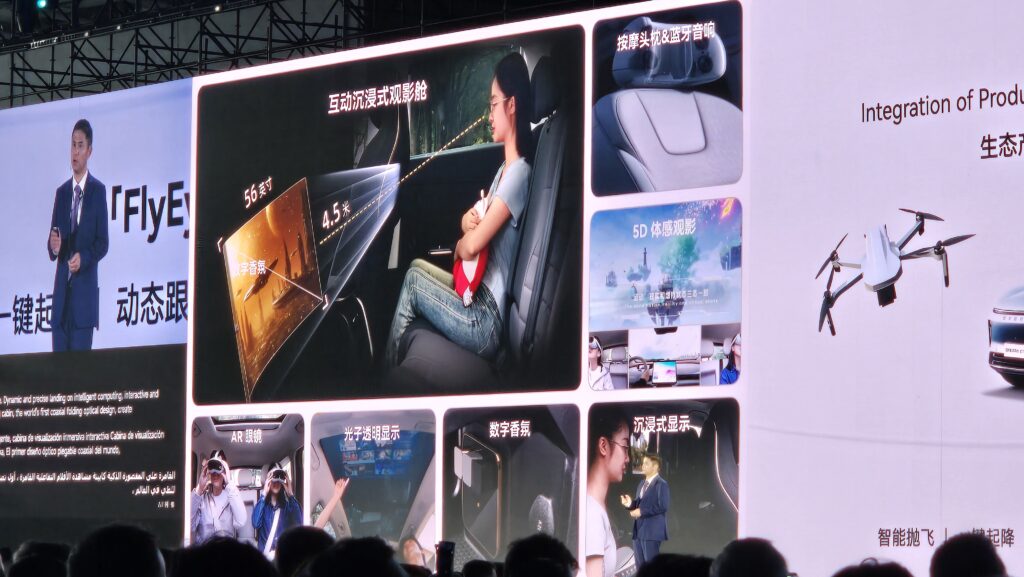
Chery’s operating system is called Lion and has been vastly improved to keep pace with their increasingly intelligent and better equipped interiors, such as those on the new Fulwin models with screens running a ratio of 32:10 to 27:17.
As has become increasingly common in rivals, Chery’s models will now offer a natural dialogue artificial intelligence helper called CheryGPT, that can perform tasks based on normal human language and speak as many as 20 languages.
Improvements have also been made to the quality of the sound system, while the next level Qualcomm infotainment chip was also shown at the event named Snapdragon 8775 and capable of 70TOPS.
Other features being looked at included both speakers and a massage function in the headrest, screens embedded as if behind wood or projected onto the ceiling glass, AR headsets, digital fragrances, and even a set of clip-on physical buttons under the central screen like those available on the Xiaomi SU7.
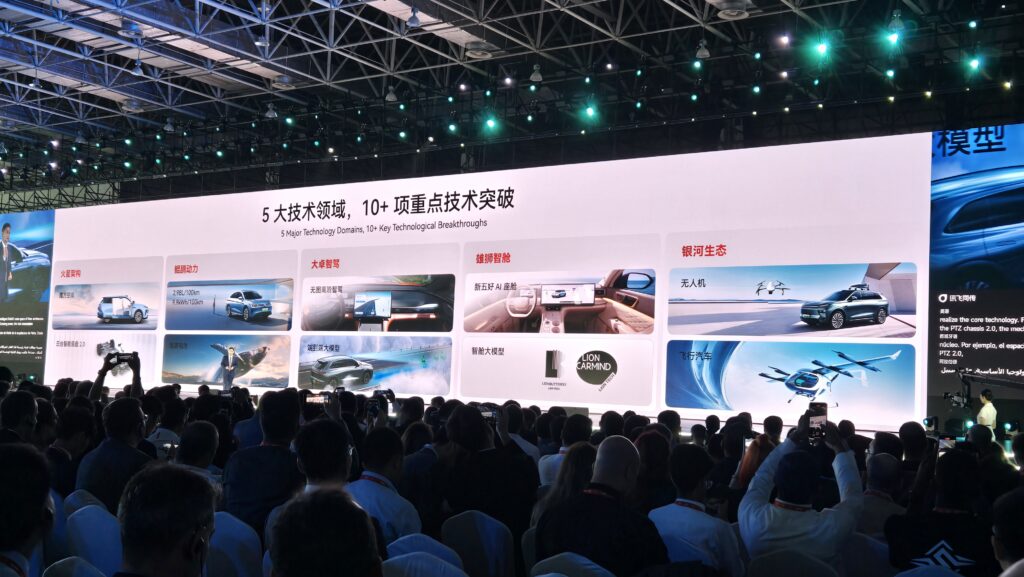

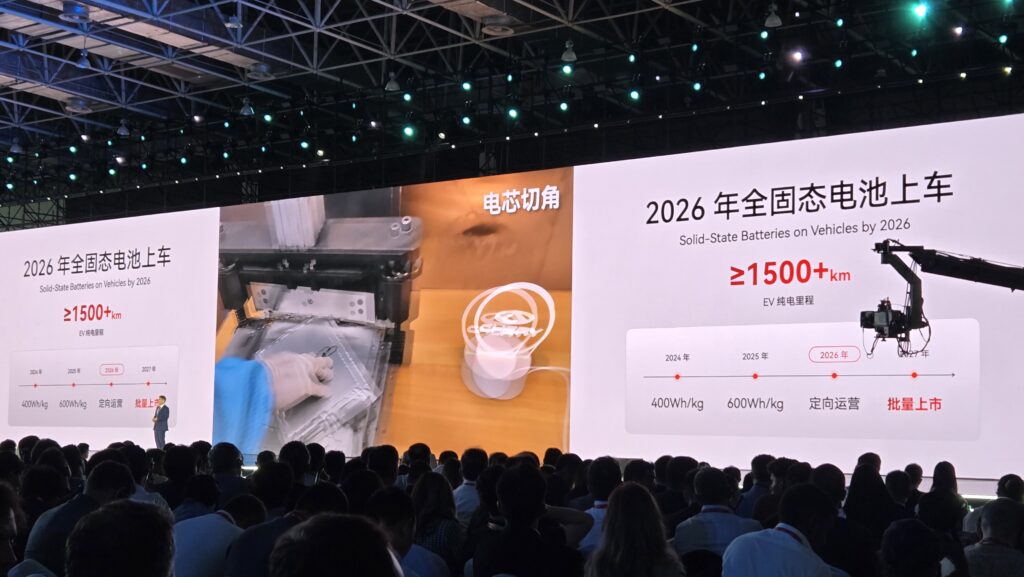


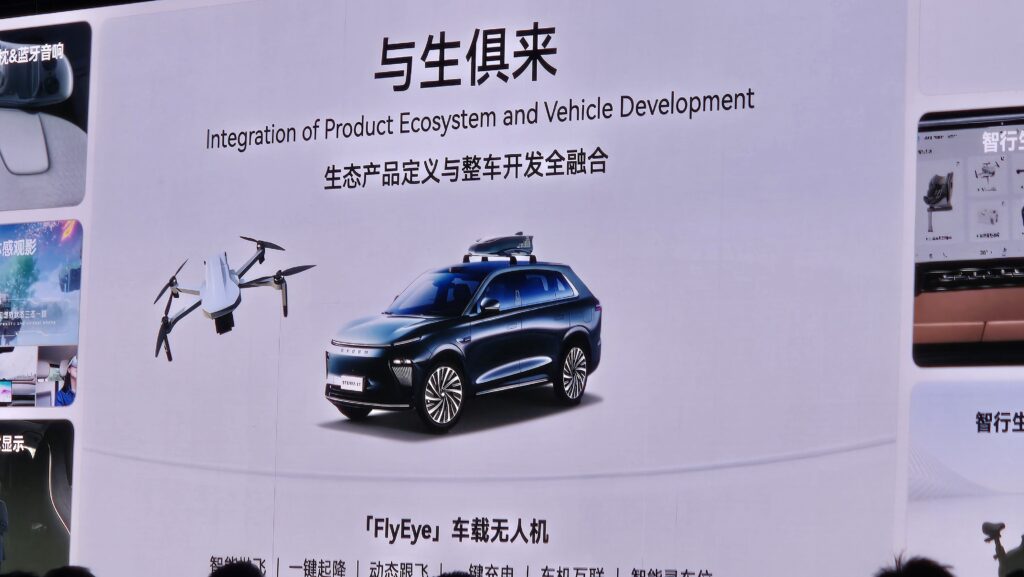
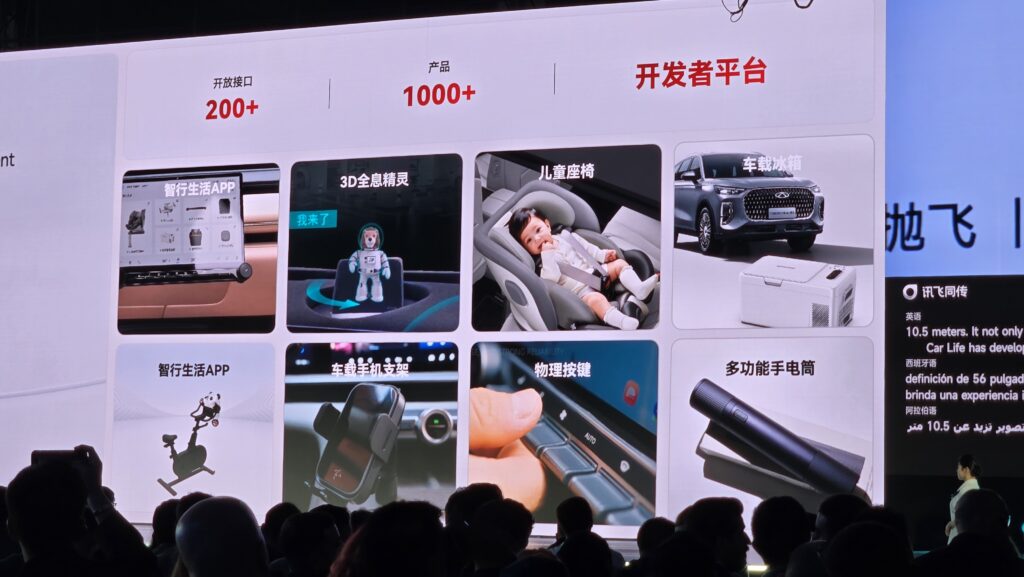
Z-Drive Autonomous System
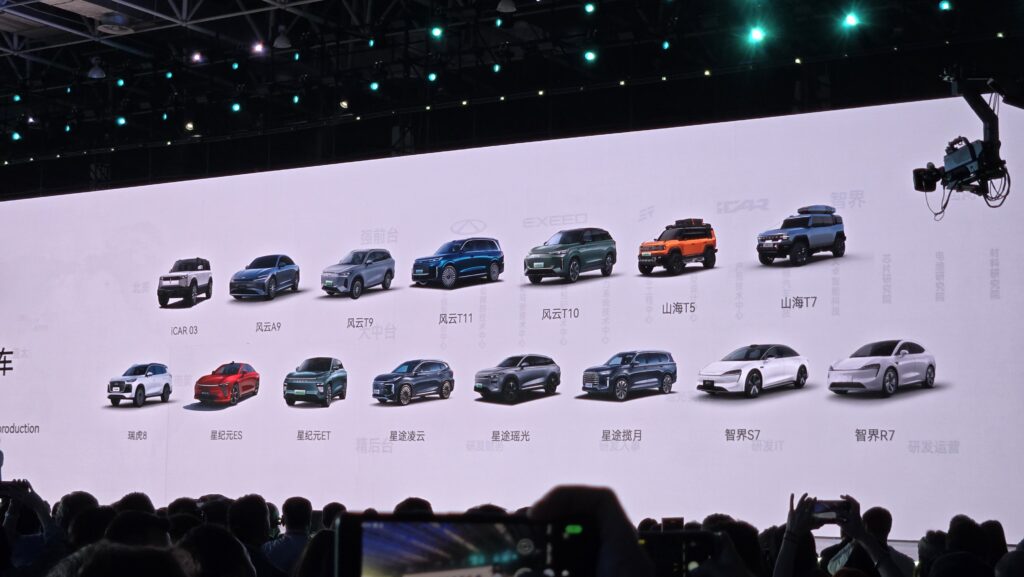
Chery has been quite slow to the autonomous driving game but with the launch of Z-Drive now has, on paper at least, the ability to drive hands-free in urban areas. We weren’t able to try this in person but a short demonstration was shown on the screen of the car handling the kind of challenging street scene you often discover in side roads in busy areas.
We’re expecting the system to utilise a lot of Huawei hardware when it does go on sale and it should see light on at least 15 cars, including the iCar 03, Fulwin A9, T9, and T11, as well as Exeed, Jetour, Exlantix and Luxeed models.
Galaxy Life
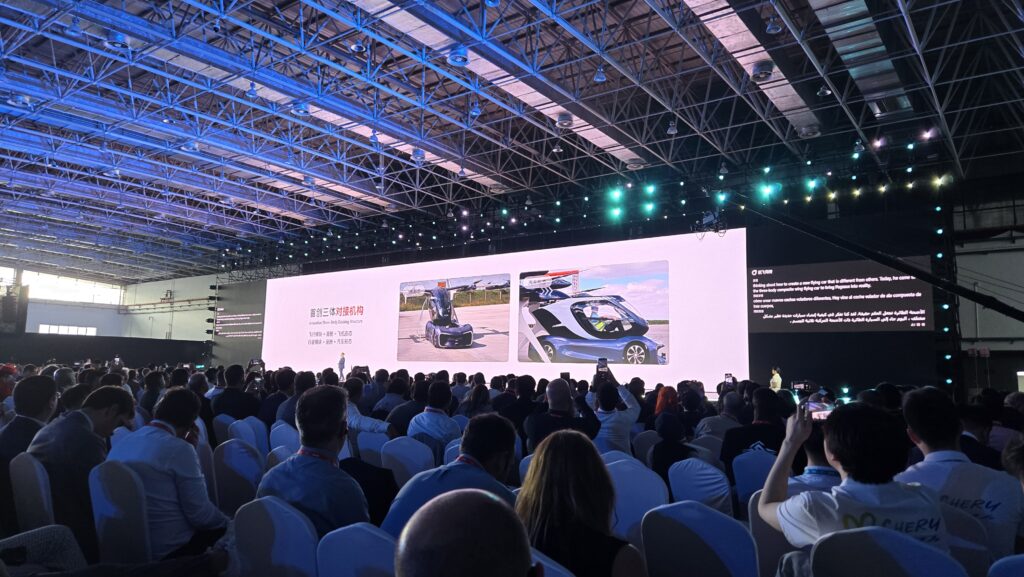
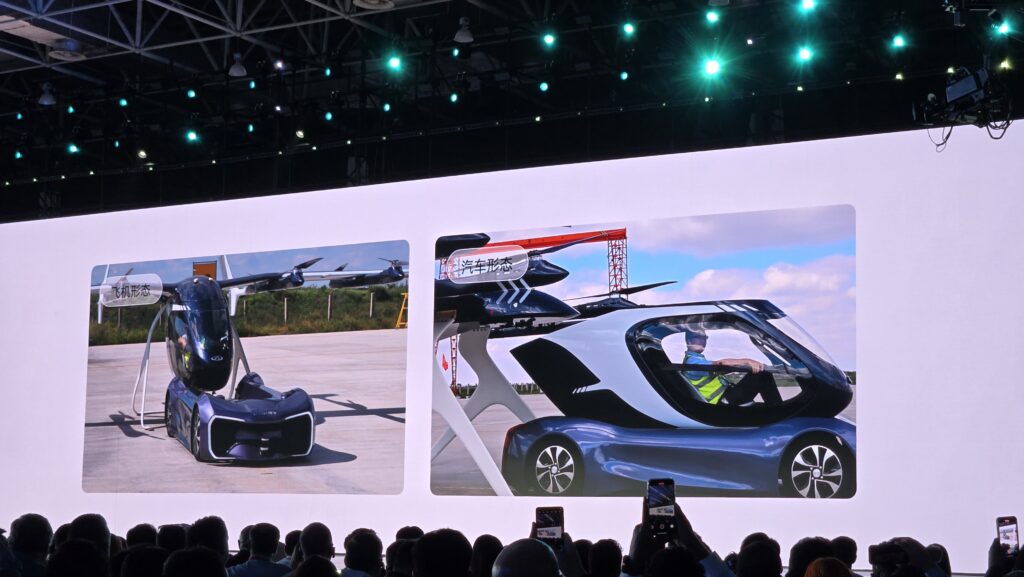
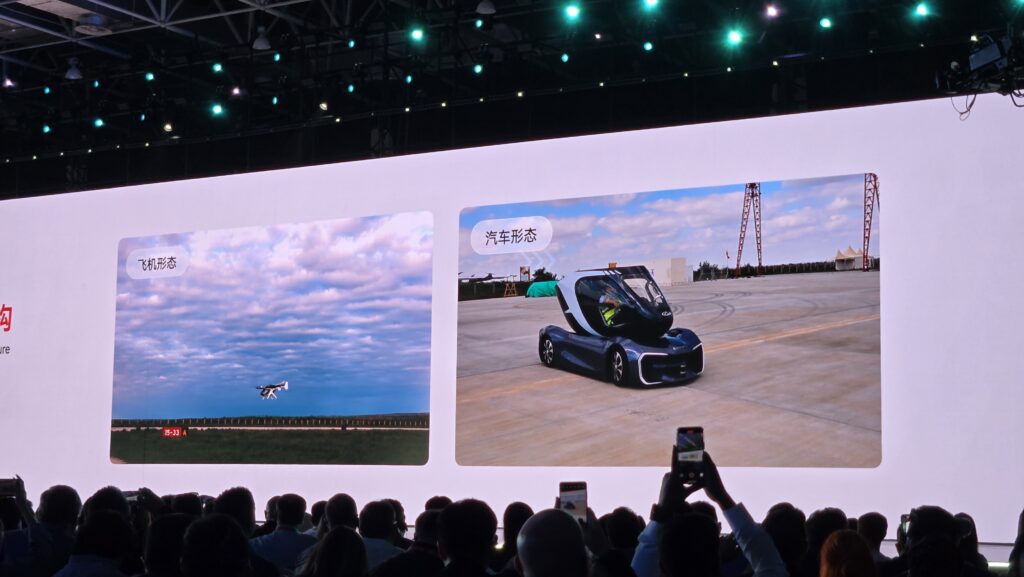
The final area of innovation was a platform called Galaxy Life, which essentially is an enormous merchandising operation for use across Chery’s brands, allowing customers to buy items for their person and car that help them to live the lifestyle of the brand they’ve chosen.
This can include a variety of grilles and wheels for SUVs like the iCar V23 for example, or can simply be ways to make life a little more fun.
Under development too is the possibility of a drone that docks with the car and flies out ahead of the car to track the way, supporting the autonomous driving system in the process.
And if that wasn’t enough, there’s also the possibility of a drone pod/autonomous car combi that becomes a flying car.
In this set up, a small one-seater pod sits atop a kind of autonomous or manual drive chassis, from which it can be connected or disconnected. When users want to fly, the pod drives autonomously under the propellor wing device, attaches itself to the wings, and removes itself from the car chassis, enabling the new contraption to fly by itself.
How this solution would work in the real world is a question since many don’t have the luxury of space to store the enormous wings in, but it’s a novel idea of achieving both driving and flying ability in one car. It’s likely Chery would look at this solution as part of a wider ecosystem with storage for the peripheries near airfields or other major areas to reduce traffic and congestion.
Editor’s Note:
One year ago, this innovation event was around a tenth of the size it is this year according to those who attended, and it was impossible not to be impressed by what was on show.
The sheer scale of research and development that Chinese automotive brands are able to conduct, and the breadth of use cases, applications, and technologies they’re looking into is a statement of intent and a shot across the bow of legacy manufacturers.
In all my years in the industry, I’ve never witnessed such a relentless pursuit of the next big tech gains and the pace seems to be accelerating. These brands are not afraid to showcase what they’re working on, they’re not afraid to drop their cars from cranes or subject them to double impacts at 120kph to show how strong they are, and they’re positively dripping with ambition.
Two factors are enabling this. Support and clear direction from the government, and intense competition from their compatriots. It’s a perfect demonstration of how vital healthy competition is for raising standards, driving innovation, and making step changes in industries that have gotten comfortable. Other markets, if they aren’t already, won’t have long to respond before they’re too far behind.
